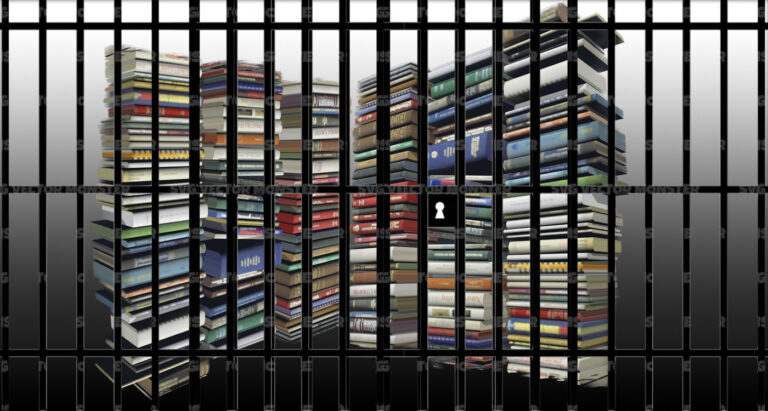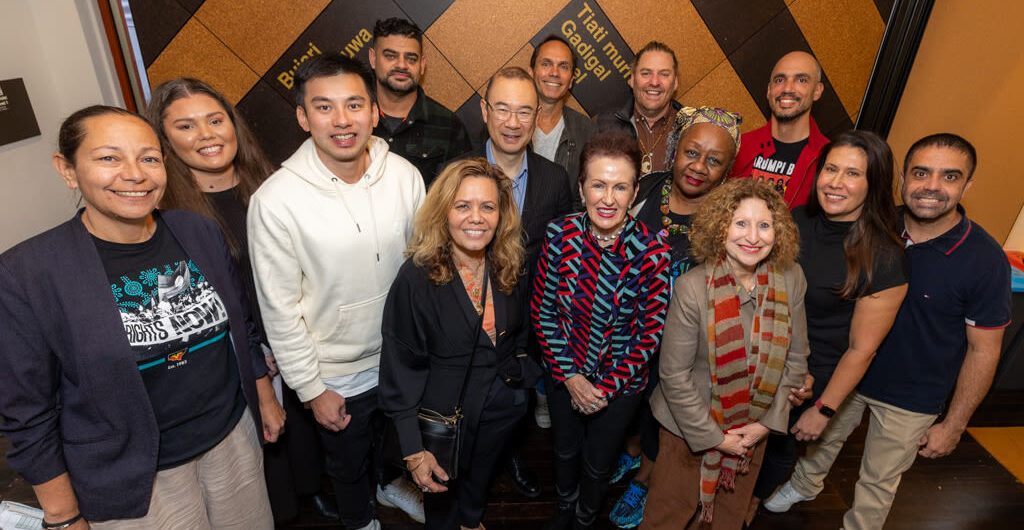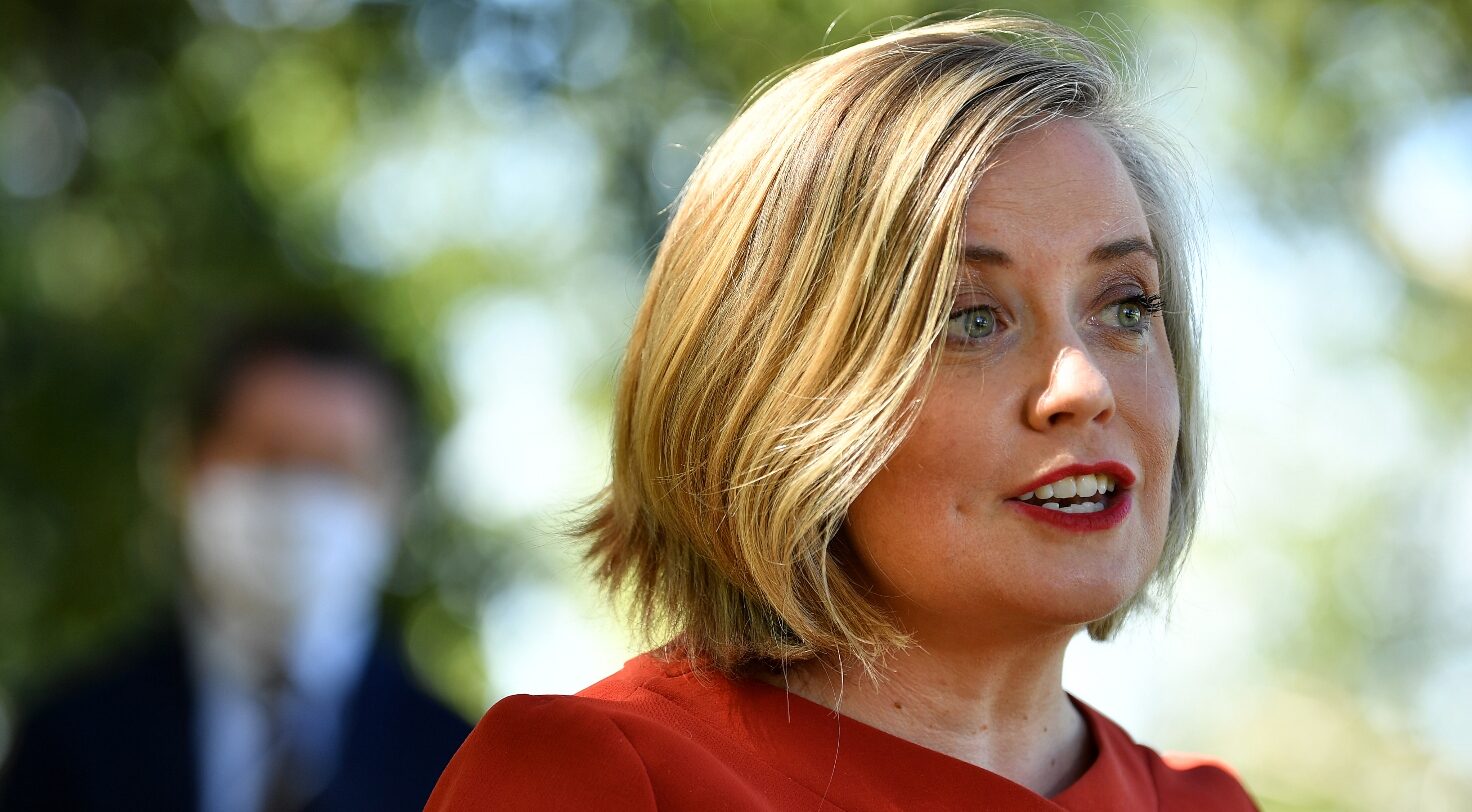
Environmental issues can’t go on the backburner
BY CAROLINE LAI
The stage of the State Theatre was lit with the words ‘Green, Global and Connected’ in green neon as part of last week’s Connecting Cities public seminar. The talkfest brought together ‘three of the most powerful leaders in the world of local government’ ‘ City of Sydney Lord Mayor Clover Moore, Londonwide Assembly member Nicky Gavron and Mayor of Greater Mumbai Dr Shubha Raul.
All three women discussed ways to sustain the urban environment and the future of our cities.
Dubbed “Barack of Barangaroo” by host Adam Spencer, Lord Mayor Moore opened up the discussion by acknowledging the challenges facing our urban centres.
“We’re all grappling in making cities sustainable,’ said Moore. ‘Environmentally and economically. We’re facing population pressures, pollution, water shortage, transport difficulties and housing affordability.”
The Lord Moore was adamant that through leadership and community support and participation; there would be solutions to these problems.
Following the global credit meltdown, Lord Mayor Moore said research has shown that although people still want action on climate change, they are not prepared to sacrifice their jobs.
“We need to get out the message that there is no sustainable economy without a sustainable planet,’ she said. ‘It’s not a case of either/or ‘ a choice between the economy and the environment. The reality of global warming will underpin the long term success of those businesses based on more sustainable practices, products and services, and future jobs growth lies with the emergence of a new green economy.’
More that half of the world’s populations are currently city dwellers. And with Sydney’s population expected to increase to six million by 2036, there will be added pressure on housing and public transport.
As 64 per cent of Australia’s population lives on coastal and urban areas, Sydney is now forced to reassess its public transport system.
The City of Sydney aims to encourage a massive shift towards cycling, walking and public transportation by assessing the suburban railway network and creating a high capacity light rail system in the inner city.
The Bureau of Transport Economics has estimated that if we do nothing, congestion alone will cost Sydney $8 billion per annum in 2020, up from $3.6 billion a year in 2005.
‘The economic and environmental costs of inaction far outweigh the cost of financing these projects,’ Moore said. ‘The radial rail and bus networks perform a major role moving commuters to work in the City Centre, but have failed to keep pace with growth. Inner Sydney is suffering substantial public transport overcrowding issues as trains and buses arrive at Inner Sydney stops already full.’
Mumbai’s mayor Dr Shubha Raul is responsible for the lives of 16 million people, all compacted in a radius of 38 square kilometres. By 2013, she hopes to radically boost low-income housing or ‘slums’, overhaul the city’s transport infrastructure and increase Mumbai’s economic growth by 10 per cent.
Also speaking was the former Sydney Morning Herald editor turned marketing director, Robert Whitehead. He said the NSW Government’s budget deficit could be a blessing in disguise and that the global financial crisis had forced the Federal Government to introduce its new urban infrastructure program, Infrastructure Australia.
“The global climate crisis has the greatest potential to bring about the kind of urban change that planners have been advocating for decades,” he said, adding: “A self-made budget mess might at last force us to embrace a new range of funding options that will help secure Sydney’s long-overdue investments for future generations.’









